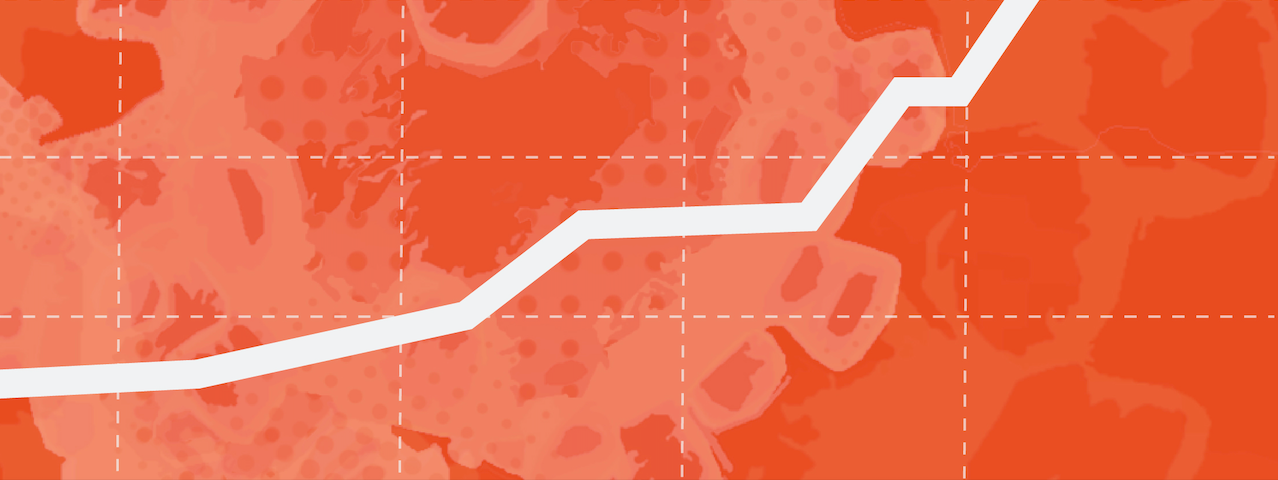In the time of the Covid-19 pandemic, our lives seem to be dominated by numbers and mathematical models. While numbers conceal more than they reveal, the inequality of life in these times forces us to look at the underbelly of the county at a time of disaster.
WE are playing a great game of numbers. Every morning the state institution in charge of managing the dis-ease releases the numbers for the day. Infection, death, recovery are all neatly re-presented and managed through numbers. The infected are named and sanitized through the anonymity of coded numbers. Cities are arranged according to the hierarchy of infection numbers. Nations are placed in competition with each other and scores are tallied by counting the numbers of dead, sick and recovering bodies. Religious identities are reaffirmed through the illegitimacy of the numbers of converging bodies. A spectacular display of the power of the state and its benevolent care of the infected and dying populace is marked by the numbers of falling petals, and the number of minutes the lights have to be switched off. But behind this great screen of numbers, the virus proliferates insidiously and spreads through innumerable bodies, at a dizzy rate, at a speed that is uncontrollable and cannot be plotted on a graph or plotted into a narrative of the victory of numbers.
But we persist in playing our great game of numbers. We plot graphs and compare numbers and take comfort when we are told that our numbers are smaller than those of others. That the line that graphs our dead is shorter than those of others. That the line that plots the recovered is slowly rising and will soon overtop the line that plots the infected. And as we play these daily games, dead bodies keep spilling out at the edges of statistical graphs. We wait for the epiphany of a curve predicted on a statistical horizon. And while that promised bend of an upwardly sloping line is awaited, other curves impinge on our vision. On the curves of roads and railway tracks we are confronted with mangled flesh, bloodied footprints and scattered remains of tattered possessions. We are blinded by the tender curve of a woman’s stomach heavy with child as she walks the endless roads. The curve of a child’s cheeks as it rests against the weary shoulders of a father, plodding doggedly home, startles us into an epiphany of suffering and exploitation.
Meanwhile, well-fed faces with clean masks covering the curves of their rounded cheeks, lull us with the saga of numbers won through battles and battles fought through numbers. From behind the masks, a great flow of numbers spills out. We are awed by the permeability of those masks to the spillage of numbers and percentages. The percentage allotted to farmers, to laborer’s, to industries, to the dying, to the dead, to the stragglers on the roads, to those who littered railway tracks carelessly with the debris of their bodies, to those who cannot work in shuttered shops and factories and offices and restaurants and those living in balconied homes and kitchens with noisy utensils. From behind the glass windows of air-conditioned cars, on the television screens placed in comfortable drawing rooms, we see the numberless faces that are masked with grime and sweat and fatigue so etched into the skin that the mask has become the face. They too cover their noses and mouths with ragged dirty scraps of cloth as they huddle close to each other and we are discomfited and morally aggrieved by the permeability of those masks to the spillage of viruses.
But the state is benevolent and caring. It tracks the journey of the virus and the virus-infected through shading the tracks they leave. Reds, oranges and greens change places with each other, shade into each other and stand aloof from each other. The statisticians track the viral trail and official cartographers map the highways, by-ways, lanes and micro-lanes of the viral journey in a frenzied attempt to legitimize it to the gaze of the state. And as the numbers change and leap and hide and appear from day to day the map of colours redraws its boundaries and re-inscribes the rules of spatial habitation and spatial mobility.
We are mandated to play this great game of numbers because we are told it is played for our own benefit. An elite of experts with the authority of their knowledge and power lay down the rules of the game. Those who have the space of quarantine and the fear of the ‘potential to be infected’ attempt to play this game as it changes rules from day today. Those who we have empowered with the responsibility of taking care of us are enthralling us with dazzling stories of wars and victories. They have been storytellers for too long and fear that the virus in its unpredictable, uncontrollable ubiquity will make their stories antiquated and irrelevant. But the virus moves astray of stories. Death and disease are spreading in unpredictable patterns, shredding through the finely structured webs of graphs and statistics. And the countless who are irresponsibly walking across boundaries, and searing the templates of seeing, draw new caricatures of the care and compassion promised and offered by the state.
Note: This is an opinion piece, and the views expressed are the author’s own.


